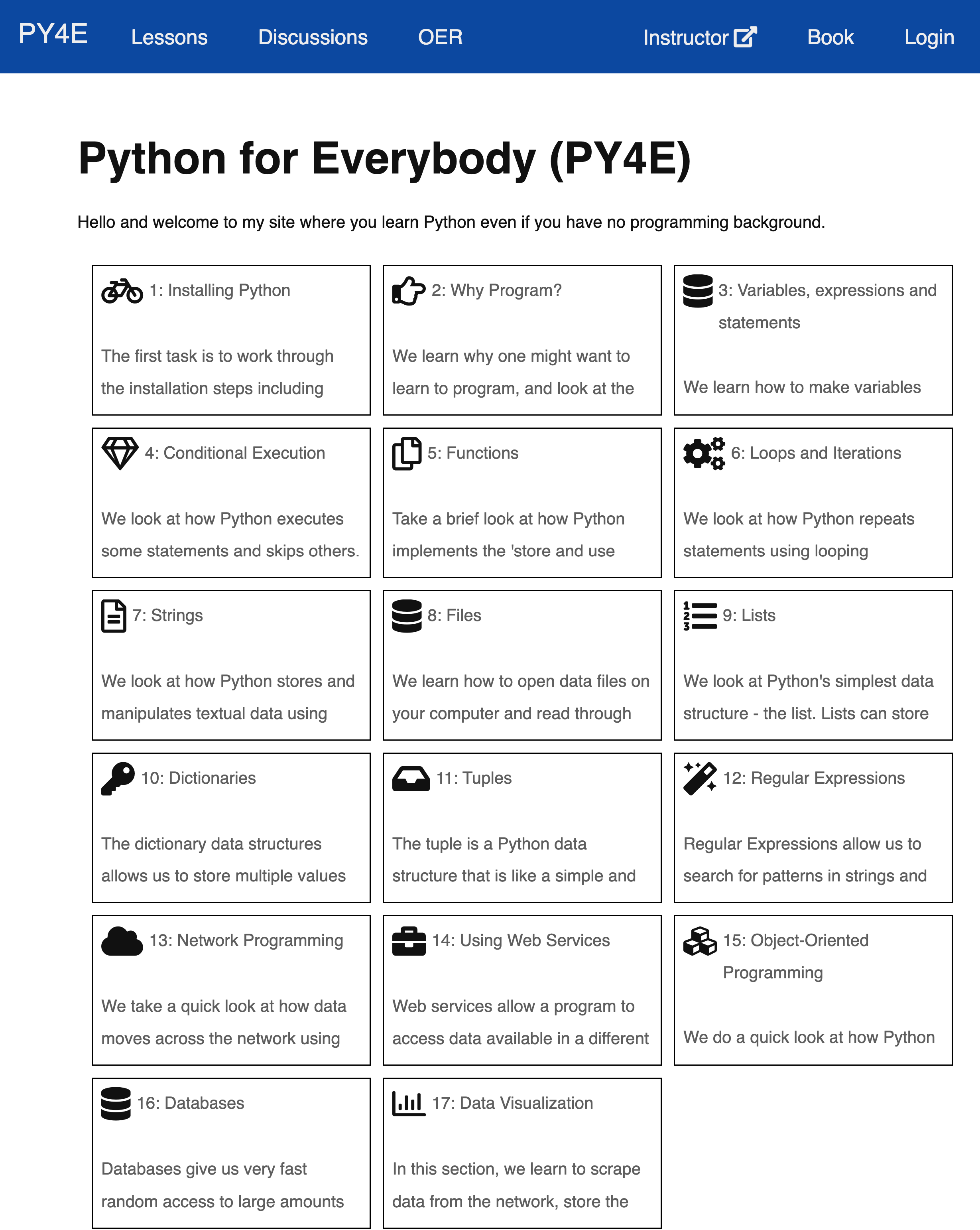Category: kids programming
-

Free Computer Science For All: PY4E Python for Everyone
PY4E (Python For Everyone) (PY4E – Python for Everybody, n.d.) is a free, online, and open course to learn the programming language Python. Python is one of the most popular programming languages used for developing websites, data analysis, and general-purpose tools. PY4E is built on top of a free and open-source MOOC platform called Tsugi.…
-
Stupid App Idea: Goal With A Friend
I was trying to convince C. to work on this App with me, she didn’t really like the idea and thought it can be done with pen and paper instead. App: Goal With A Friend You: Set a goal Pick a charity, schedule a payment Invite a friend to help How much is it worth? Pay…
-
Re: Teaching Kids Programming : Social Drawing HTML5 Canvas Part 1/5
I love programming and I love teaching C. about my work. I’m starting to document our work here on a new site http://kidsprogramming.wordpress.com/ and this is first post Teaching Kids Programming : Social Drawing HTML5 Canvas Part 1/5
-

“24” math game with kids and adults
C., K. and I started playing this game in Paris using a deck of cards and trying o use addition, subtraction, multiplication and division to make 4 cards come to 24. Jack, Queen, King are treated as 10. Here are the official rules http://www.pagat.com/adders/24.html These are some of the samples: (6-4+1) * 8 = 24 (10…
-
Javascript Animation : Teaching Kids Computer Programming Lesson #8
From the last session with C., we have a login screen. Now C. would like the little Yahoo! Messenger guy to bounce around. Click here to see the page in action She fired up TuxPaint and created a drawing of a spring We used Preview to copy it and rotate it into horizontal spring I started…
-
Using CSS To Realize The Mock Up: Teaching Computer Programming To Kids Lesson #7
Based on Cate’s mock up, we built a real HTML page using CSS. Step 1: Here is how we built the page First I told her about the <div> tag which we can use to divide up different sections of the mock up. So she did the following to divide up the screen into 4…
-
Story Board, Mock Ups : Teaching Computer Programming To Kids Lesson #6
Cate is anxious to get her magic eight ball game working on Firefox and was excited with a lot of ideas. Little does she know that I’m a backend programmer and don’t know a whole lot about animation, Javascript and CSS. But I could learn this stuff easily if she wants to as well. So…
-
Lists and Tables in HTML: Teaching Computer Programming To Kids : Lesson #5
Cate started to learn about creating lists of things and tables in HTML <UL> : to create an Unordered List of items <LI> : to start a List Item <OL> : to start to create an Ordered Lists and the computer will add the numbers automatically Then if we want to create a table to…
-
Magic Eight Ball engine in JavaScript: Teaching Computer Programming To Kids : Lesson #4
Cate wants to make a computer program be to be like the Magic 8 ball, in my last post, I couldn’t remember how to generate a random number. But found it here Math is a class (not an object ), it has 2 class member functions. random() which will give me a random decimal between…
-
Simple HTML and Javascript Operators: Teaching Computer Programming To Kids: Lesson 3
As Cate and I were walking to 16th and Mission street Bart station at 7:30am, I talked to her about the arithmetic operators in Javascript. There is + for addition – for subtraction * (kinda funny) for multiplication / (forward slash) for division We went through some examples var x = 12 x = x…